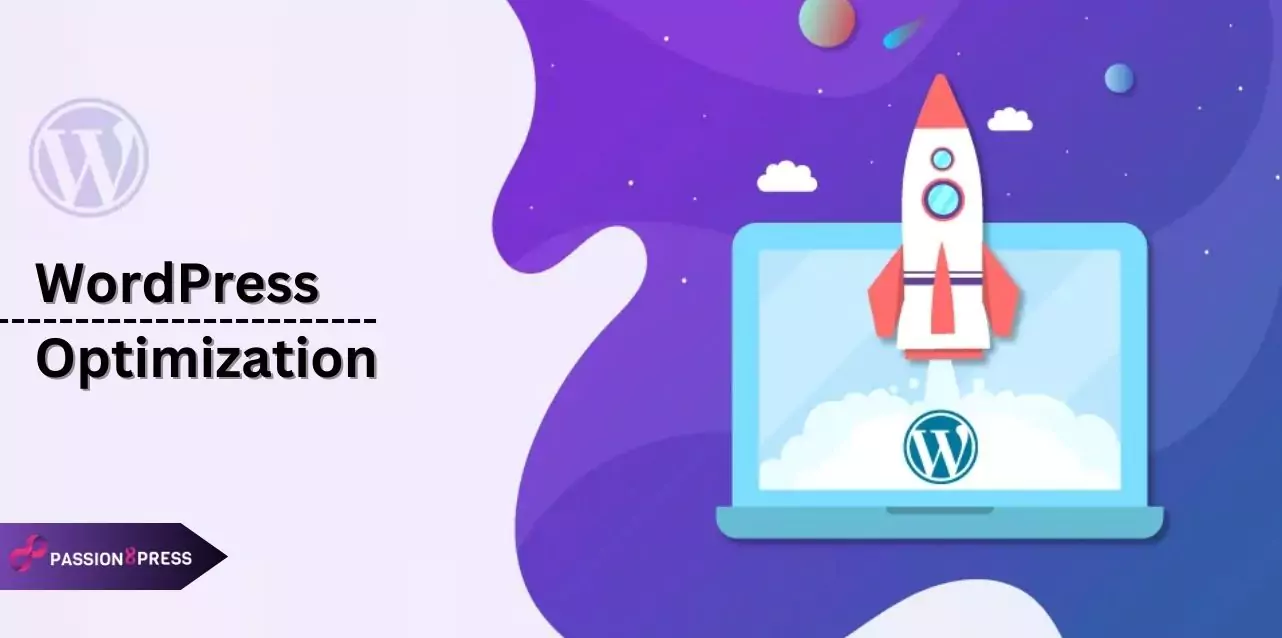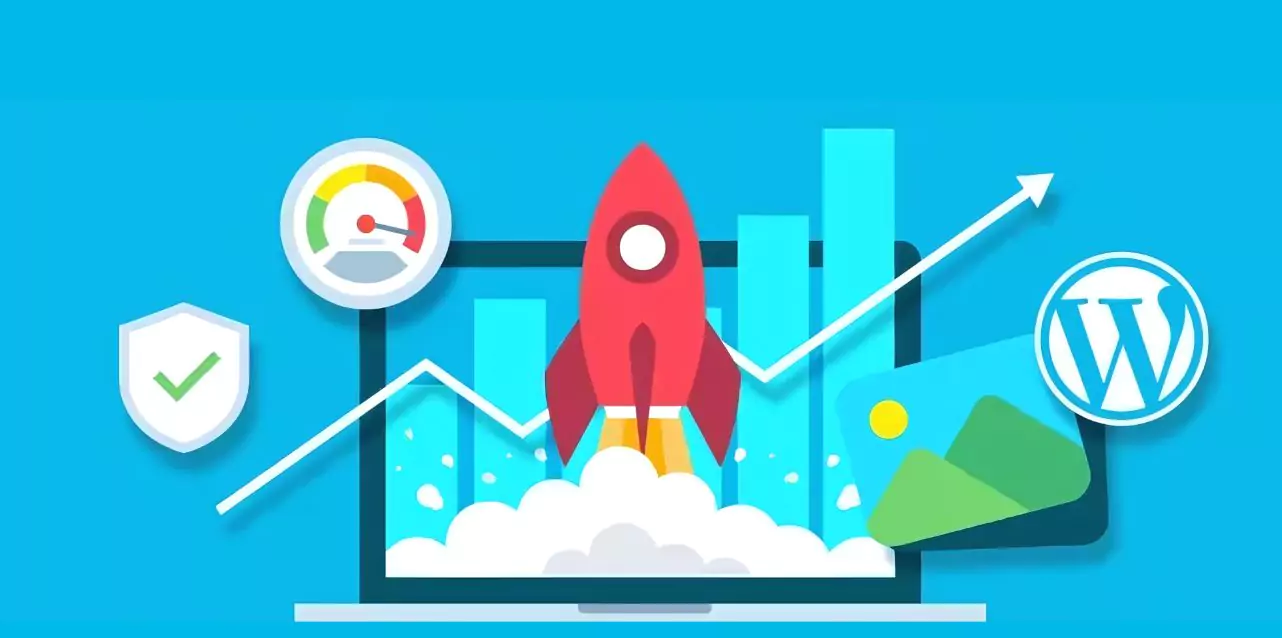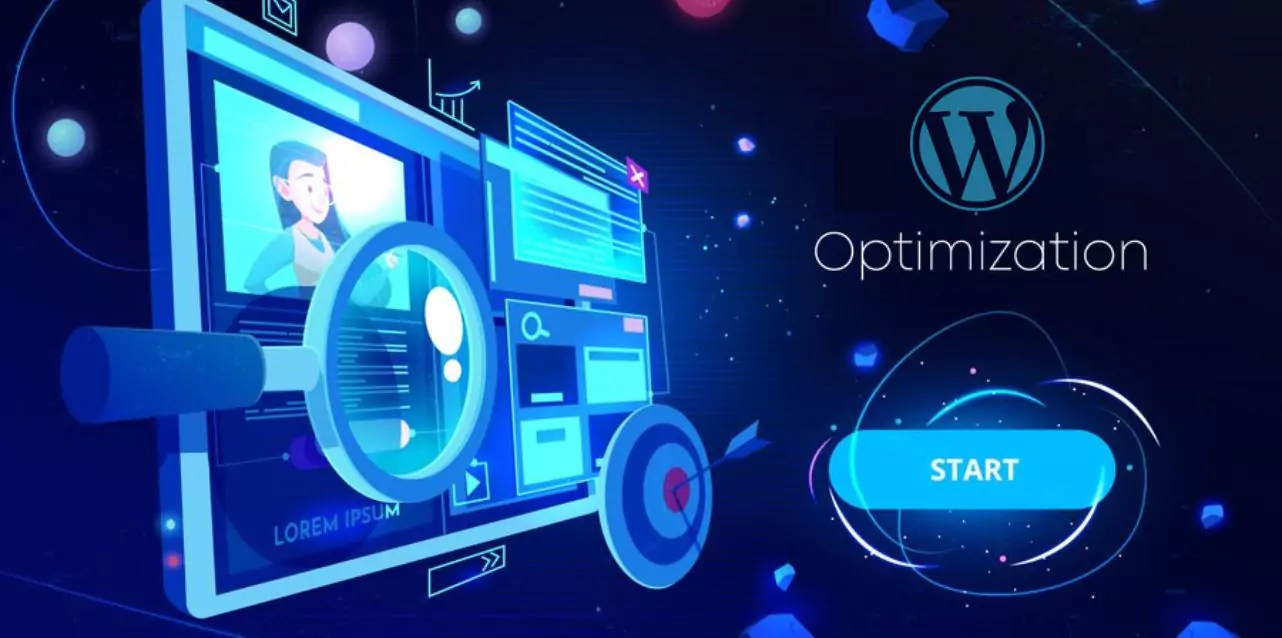A well-optimized WordPress website can mean the difference between engaging your audience effectively or losing them to slow loading times. Whether you’re aiming to boost SEO rankings, enhance user experience, or streamline backend efficiency, mastering WordPress optimization is key.
From essential speed improvements to SEO tactics and security protocols, we’ll cover all the essentials to help elevate your WordPress site into a high-performing powerhouse.
Let’s dive in!
Listen To The Blog Post Now!
WordPress Optimization
WordPress optimization is fine-tuning your website to achieve optimal performance, speed, and security. It involves implementing strategies and techniques to ensure your site operates efficiently and delivers a seamless user experience.
Key Components Of WordPress Optimization: Speed, Performance, And Security
Optimizing speed up WP sites involves reducing loading times and improving responsiveness, which enhances user satisfaction and SEO rankings. Performance optimization focuses on maximizing the efficiency of your site’s functionality and content delivery. Security optimization ensures your site is protected against vulnerabilities and threats, safeguarding user data and site integrity. With support from knowledgeable WordPress experts, help you implement these optimizations effectively and efficiently. If you need assistance with these optimizations, you can hire dedicated WordPress developer from Passion8Press.
Passion8Press specializes in WordPress optimization, enhancing your website’s performance and user experience. They meticulously fine-tune loading times, aiming for sub-2 second speeds through expert optimization strategies. Their approach includes optimizing content delivery, minimizing server response times, and leveraging caching techniques to ensure swift and efficient page loads.
Moreover, Passion8Press prioritizes security, implementing robust measures to protect against vulnerabilities and threats, thereby safeguarding your site’s integrity and enhancing overall performance.
Optimize Your WordPress Website Using These Simple Tips
WordPress optimizations are essential to ensure it performs at its best, providing a seamless and enjoyable experience for your visitors. Whether you’re just looking to set up a WordPress site or improve an existing one, a well-optimized site not only loads faster but also ranks higher in search engine results, and can result in increased traffic and improved engagement.
Here are some simple tips to help you get started on the path to a faster, more efficient WordPress website optimization.
1. Opt For The Right Hosting Plan:
The initial step in optimizing your website effectively- begins with selecting the appropriate hosting plan. If your server takes a long time to process HTTP requests and MySQL commands, it can hinder your site’s performance significantly.
Utilize a tool that can accurately measure your server’s response time. Compare your website’s response time with similar sites in your niche; this is crucial even if you’re with a reputable hosting provider. Poor response times can often be traced back to an underpowered hosting plan, especially shared hosting, where multiple sites share server resources. Invest in a hosting plan that can handle traffic spikes efficiently- rather than opting for the cheapest option available.
2. Choose A Fast WordPress Theme:
The selection of a WordPress theme is crucial for your site’s speed. Themes with poor coding or heavy image reliance can greatly slow down page loading times. For optimal performance, consider lightweight themes like Divi, known for speed without compromising on features. Ensure the theme is responsive across all devices to meet WordPress SEO standards and enhance user experience. While many theme demos showcase optimized performance through caching and content delivery networks, actual site performance may vary.
3. Monitor Your Plugins:
Before installing any plugin, assess its necessity to avoid slowing down your site unnecessarily. Plugins are a common cause of- slow WordPress sites, often due to inefficient coding, external server calls, or excessive database updates.
Watch out for WordPress optimization plugins that consume excessive CPU resources, which can bottleneck your server and impact overall performance. Tools that offer insights into plugin load times, help you identify and manage resource-heavy plugins effectively.
4. Clear Trash Regularly:
WordPress’ trash system, introduced in the new version, acts as a safety net for deleted content, storing it temporarily before permanent deletion. However, accumulated trash can inflate your database size, slowing down data retrieval. By default- WordPress clears trash after 30 days, but you can reduce this interval by editing your wp-config.php file.
For instance, setting define (‘EMPTY_TRASH_DAYS’ 7) reduces it to 7 days, while defining (‘EMPTY_TRASH_DAYS’ 0) disables it entirely.
5. Minimize Post Revisions, Drafts, Spam, Pingbacks, And Trackbacks:
In addition to trash, various WordPress features like post revisions and auto-saved drafts contribute to database bloat. While revisions are useful for content management, storing too many can unnecessarily increase database size. Consider limiting revisions to a practical number (e.g., define( ‘WP_POST_REVISIONS’ 3 );) or disabling them altogether (define( ‘WP_POST_REVISIONS’ false );) in your wp-config.php file.
Plugins like WP-Optimize or WP-DBManager can automate the cleanup of drafts, spam comments, and unnecessary post data, maintaining a leaner database.
6. Optimize Images For Web Performance:
Images play a crucial role in creating engaging content, but they can slow down page loads if not properly optimized. Utilize tools like Photoshop’s “Save for Web” feature to optimize images before uploading them to your site. For existing images, consider plugins like WP Smush, which can reduce file sizes without compromising quality, though the conversion process may temporarily impact your site’s performance.
Additionally, Lazy Load can be employed to defer image loading until they’re in view, thereby improving initial page load times. WordPress mobile optimization is also essential to ensure that images load quickly on all devices, enhancing the overall user experience.
7. Choose Advertisements Wisely:
Be selective with ads to minimize their impact on page loading times. Directly linking optimized images or using text links for promotions can be more efficient than embedding third-party ad scripts that make external server calls. Balancing ad revenue with site performance is crucial. Test your site’s speed before and after adding ads to gauge their impact accurately.
8. Avoid Official Social Media Buttons & Widgets:
Official social media buttons from platforms like Facebook and Twitter can significantly increase page load times due to external calls. Consider using text links or locally hosted images instead of official buttons to reduce page size and improve loading speed.
9. Enable Gzip Compression:
Gzip compression reduces file sizes transferred between your server and users’ browsers, enhancing WordPress speed optimization by up to 70%. You can easily enable Gzip through your WordPress options page, which enhances- load times throughout your site.
10. Implement Browser Caching:
Browser caching stores static files locally on users’ devices, reducing server requests and speeding up subsequent page loads. Adding caching directives in your .htaccess wordpress file, as outlined, helps optimize site performance and user experience.
11. Utilize A Cache Plugin:
WordPress cache plugins like WP Super Cache, W3 Total Cache, or WP Fastest Cache generate static HTML files to serve users instead of dynamically processing each request. These plugins often include additional features like minification, CDN support, and Gzip compression, offering substantial performance improvements.
12. Employ A Content Delivery Network (CDN):
CDNs distribute your site’s static content across multiple global servers, reducing latency and speeding up page loads for users worldwide. Popular CDNs like MaxCDN, Amazon CloudFront, or CloudFlare optimize the delivery of images, CSS, and JavaScript files, enhancing overall site performance and user satisfaction.
By implementing these straightforward WordPress optimization strategies, you can significantly enhance the performance of your WordPress website, resulting in faster loading times and a smoother, more satisfying user experience for your visitors.
Also Read,
The Complete Guide To WordPress SEO: Tips & Best Practices(2024)
The Ultimate WordPress Tutorial: From Beginner To Expert
How To Optimize Your WordPress Website For Mobile Devices?
Wrapping Up
WordPress optimization is essential for ensuring peak performance, speed, and security for your website. By focusing on these key areas- you can significantly enhance user experience, improve SEO rankings, and bolster site security. Investing time in optimizing your WordPress site boosts its efficiency and reliability and ensures it can scale effectively as your traffic and business grow.
Consider hire WordPress developer to implement and maintain these optimization practices. A skilled developer can streamline your site’s performance, keep it secure with regular updates, and fine-tune its speed for optimal user engagement. Embrace these WordPress optimization strategies to create a fast, responsive, and secure online presence that keeps visitors engaged and satisfied.
FAQs
1 . How can I effectively use WordPress?
To effectively use WordPress, begin by installing it and familiarizing yourself with the dashboard. Then, practice creating posts and pages, mastering tasks like inserting images and setting up menus. Move on to choosing and personalizing themes and explore enhancing your site with plugins.
2. How can I speed up my WordPress site?
You can speed up your WordPress site by using fast hosting, implementing caching, optimizing images, using a content delivery network (CDN), minimizing CSS and JavaScript files, and choosing a lightweight theme.
3. What security measures should I take to optimize my WordPress site?
Implementing security measures such as using strong passwords, keeping themes and plugins updated, installing a security plugin, and regularly backing up your site can help protect your site from vulnerabilities and ensure smooth performance.










